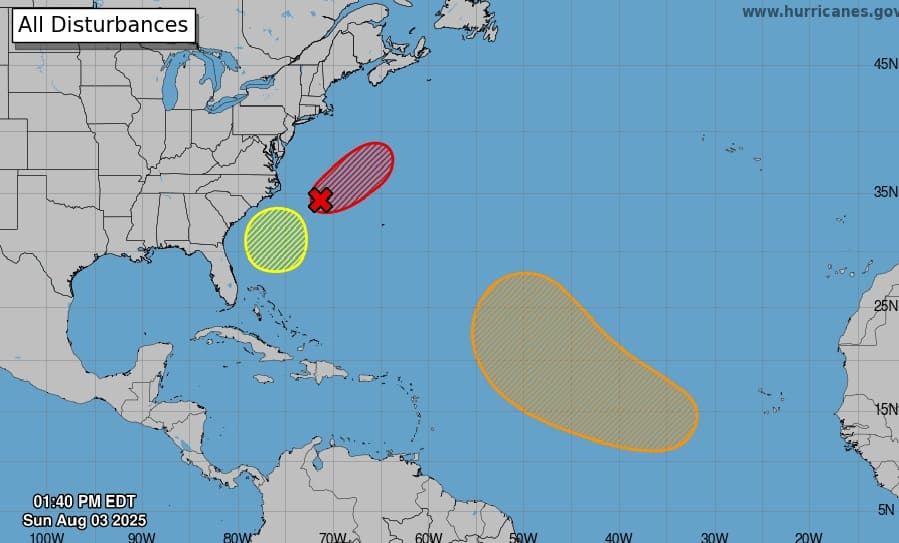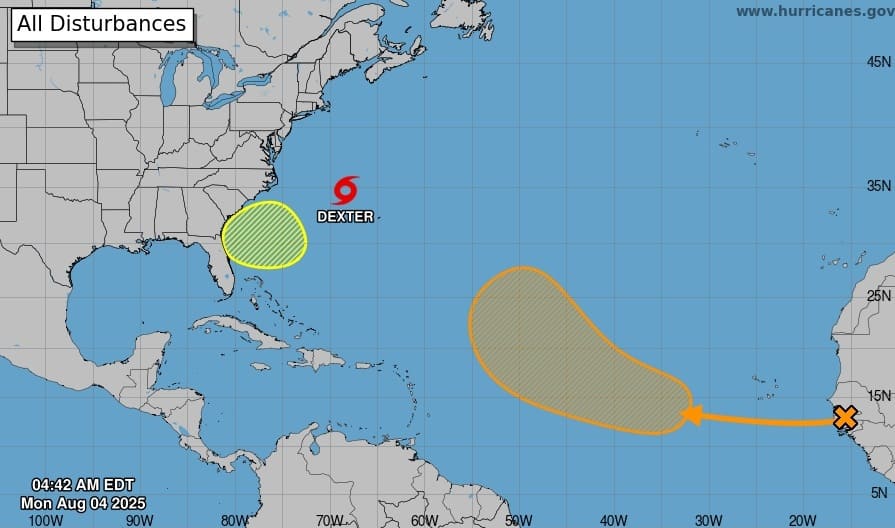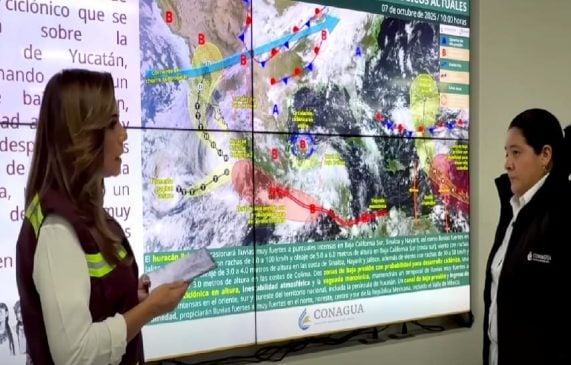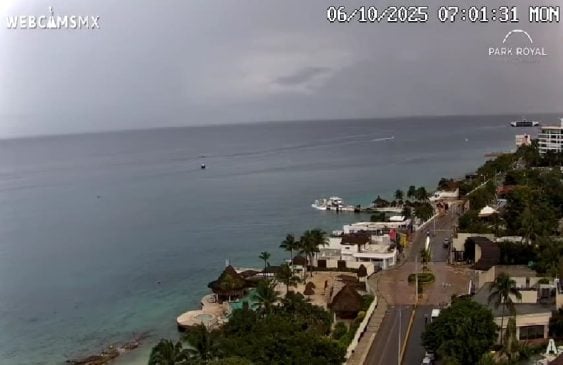Riviera Maya, Q.R. — The fourth named tropical storm of the season has formed in the Atlantic Basin. On Monday, the National Hurricane Centre reported on the development of Tropical Storm Dexter.

On Monday morning, Tropical Storm Dexter was located moving toward the east-northeast near 12 mph (19 km/h). The Centre said “a faster east-northeastward or northeastward motion is expected through early Tuesday, followed by a slower motion Tuesday and Wednesday.
“Maximum sustained winds remain near 45 mph (75 km/h) with higher gusts. Some slight strengthening is forecast during the next couple of days. Dexter is likely to become post-tropical by Wednesday.”
The National Hurricane Centre says Tropical Storm Dexter is forecast to move away from the U.S. coast and stay north of Bermuda.
Two other systems are also hovering in the Basin. The larger of the two is Tropical Depression Eight-E. The Centre says “the depression is moving toward the west-northwest near 15 mph (24 km/h). This motion is expected to continue over the next few days.
“Maximum sustained winds are near 35 mph (55 km/h) with higher gusts. Some strengthening is forecast during the next couple of days, and the depression is forecast to become a tropical storm on Monday.”
At the moment, there are no hazard warnings issued for the Atlantic Basin due to the three systems, however, there are forecasts that Basin activity will ramp up in coming weeks.
Juan Vázquez Montalvo, meteorologist and member of the Institutional Committee for the Attention of Extreme Phenomena of the Autonomous University of Yucatán, says this month, things are likely to change.

He says starting August, atmospheric conditions should change, particularly during the second half of the month, where the Atlantic Basin will enter a “favorable phase” that will increase the possibility of tropical cyclone formation. He says that “favorable phase” will be active until mid-October.
To date, there has been minimal storm activity in the Atlantic Basin for the 2025 hurricane season, which, according to local meteorologists, is due to Sahara dust and cool waters.


